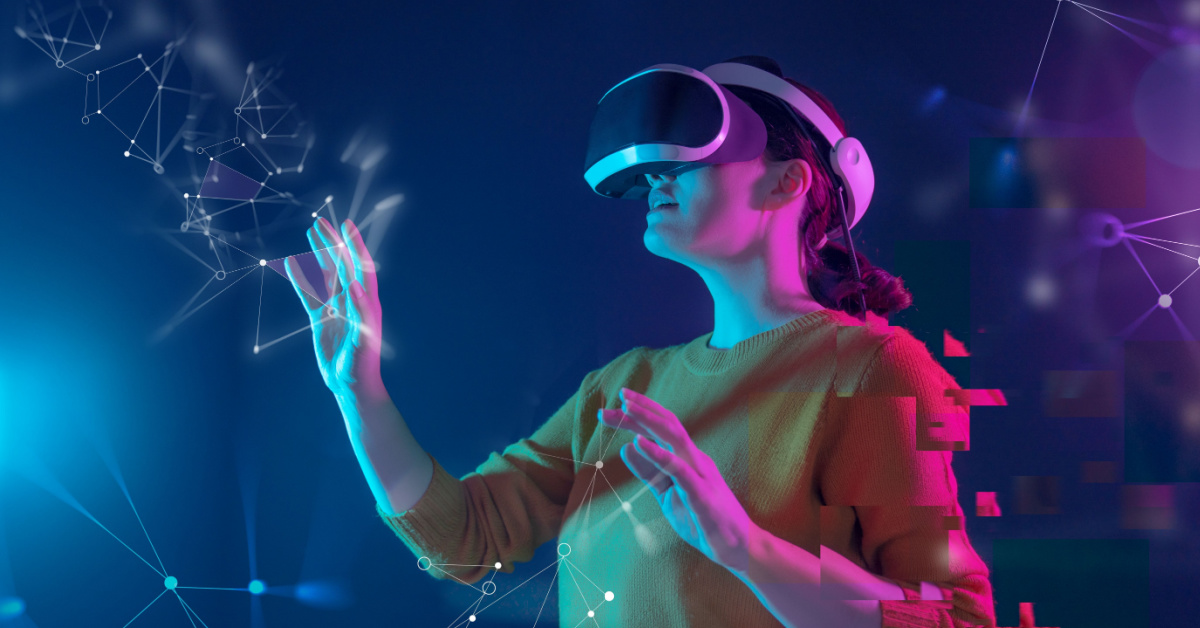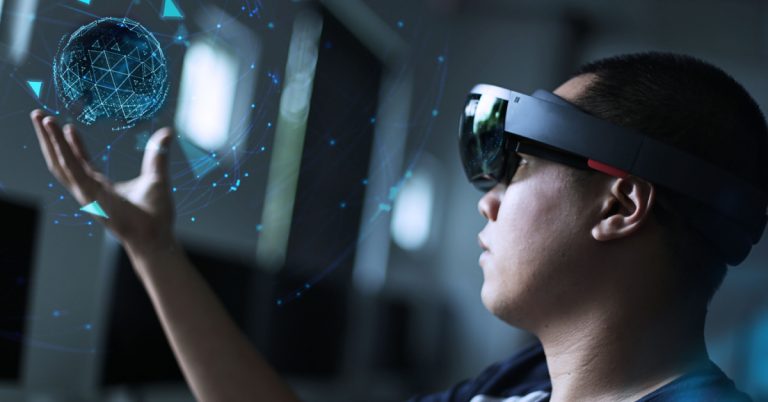Exploring the World of Mixed Reality: How AR and VR Blend for a New Experience
In recent years, the realms of augmented reality (AR) and virtual reality (VR) have captivated the imagination of tech enthusiasts and industries alike. However, a new frontier is emerging at the intersection of these two technologies: Mixed Reality (MR). This blend of AR and VR is opening up unprecedented opportunities for immersive experiences, reshaping everything from entertainment and gaming to education and work. In this blog post, we’ll explore the exciting world of Mixed Reality and how it’s set to redefine our interaction with the digital world.
What is Mixed Reality?
Mixed Reality is a hybrid technology that merges the physical and digital worlds. Unlike VR, which completely immerses users in a digital environment, or AR, which overlays digital information onto the real world, MR does both. It combines the immersive experience of VR with the interactive elements of AR, creating a seamless blend where physical and digital objects coexist and interact in real-time.
The Technology Behind MR
Mixed Reality is powered by advanced sensors, cameras, and display technology. Devices like Microsoft’s HoloLens or Magic Leap One use spatial tracking and depth sensors to understand the environment and place digital content realistically within it. This allows users to interact with digital objects as if they were part of the real world.
Applications of Mixed Reality
1. Education and Training
MR is revolutionizing education and training. In medical education, for instance, students can interact with 3D models of human anatomy, making learning more interactive and engaging. In industrial training, MR can simulate real-world scenarios for hands-on experience without the associated risks or costs.
2. Gaming and Entertainment
The gaming industry is one of the most enthusiastic adopters of MR. Games developed for MR platforms provide immersive experiences that blend physical and digital gameplay, offering a new level of interactivity and excitement.
3. Business and Work
In the business world, MR is enhancing remote collaboration and design. Teams can work together on 3D models, manipulating them in a shared virtual space, regardless of their physical location. This is particularly valuable in fields like architecture, engineering, and product design.
4. Retail and Marketing
MR is also transforming the retail and marketing sectors. Customers can try on clothes virtually or see how furniture looks in their home before making a purchase. This interactive shopping experience leads to higher engagement and customer satisfaction.
Challenges and Future Directions
While MR offers immense potential, there are challenges to overcome. The technology requires significant processing power, and current MR devices can be expensive and cumbersome. Additionally, there’s a need for more MR content to fully exploit its capabilities.
In the future, we can expect MR technology to become more accessible and integrated into our daily lives. As the hardware becomes more lightweight and affordable, and as more content becomes available, MR could become as commonplace as smartphones are today.
Conclusion
Mixed Reality is more than just a technological innovation; it’s a gateway to experiences that were once confined to the realms of imagination. By blending the real and the virtual, MR is creating new possibilities for how we learn, work, play, and interact with the world around us. As we continue to explore and develop this technology, the potential for transformation and innovation is limitless. Welcome to the future, where the boundaries between the physical and digital worlds are dissolving, thanks to the magic of Mixed Reality.


